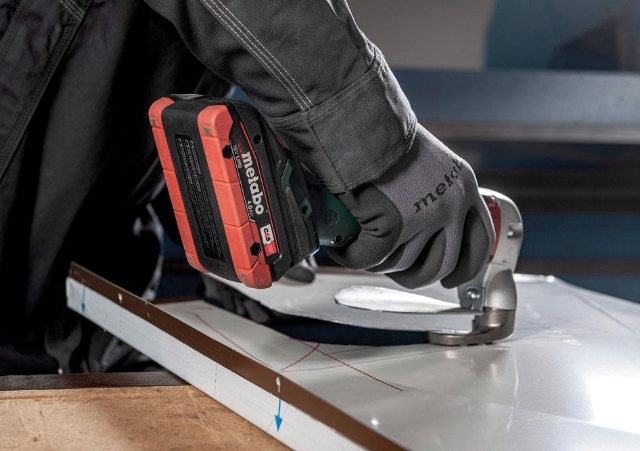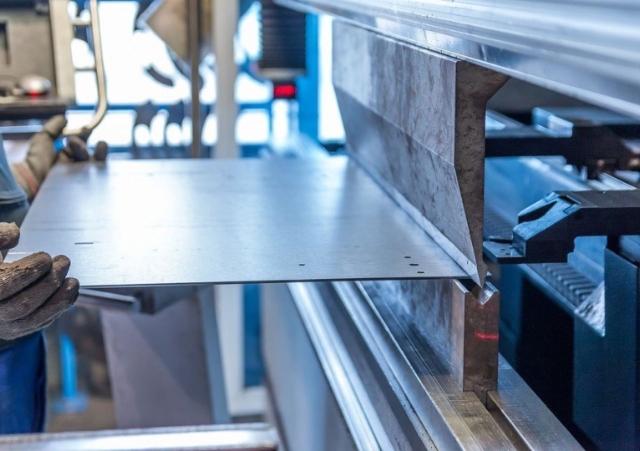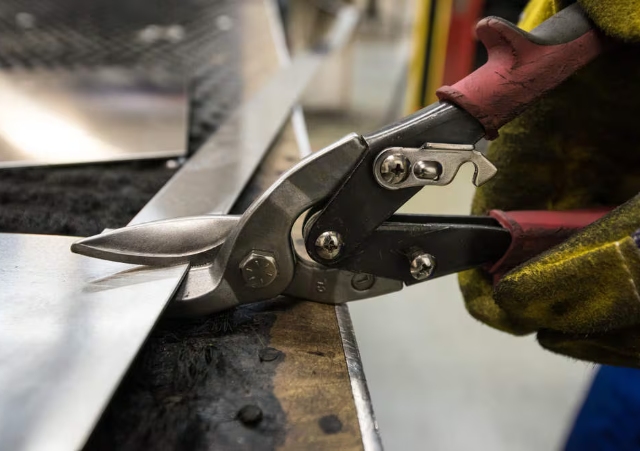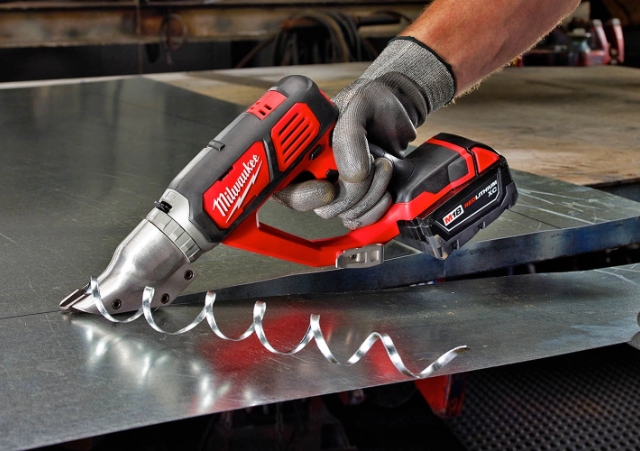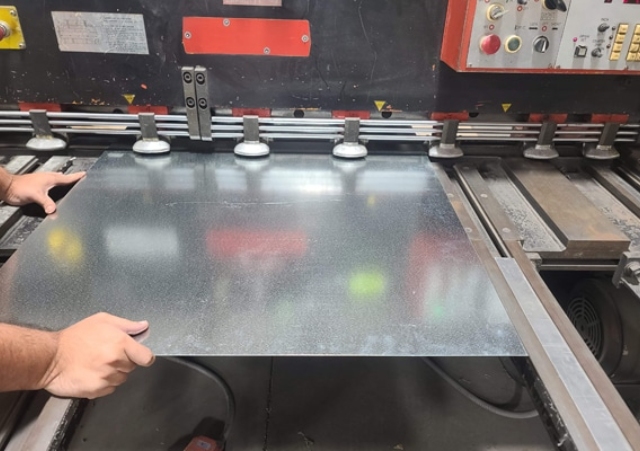Shear Cutting - Tailored Metal Cutting Solutions
- Express Manufacturing Starting From 2 Days
- Suitable for rapid processing of thin plates
- Stainless Steel plate, Titanium Alloy plate, Carbon Steel plate, Nickel Alloy plate, etc.
- Certifications & inspection reports
What is Shear Cutting?
Shear cutting is a metal fabrication process that involves cutting metal sheets using two sharp blades or dies. In this process, one blade remains stationary while the other moves and applies pressure, causing the metal material to undergo plastic deformation and eventually separate.
Key characteristics of shear cutting include:
- Suitable for thinner metal sheets
- Fast cutting speed with high production efficiency
- Relatively low cost
- May result in slight deformation or burrs along the cut edge
Compared to laser cutting, shear cutting is typically used for straight-line cuts, while laser cutting can achieve more complex shapes and patterns. Shear cutting is commonly used in the initial processing of metal materials such as stainless steel and carbon steel, making it particularly suitable for mass production of standardized parts.
Cost Efficiency: Shear cutting requires less energy consumption and has lower operational costs compared to thermal cutting processes. The equipment maintenance is relatively straightforward, making it an economical choice for metal processing.
High Production Speed: This method can process metal sheets quickly, making it ideal for high-volume production runs. The rapid cutting capability helps manufacturers meet tight deadlines and large order requirements.
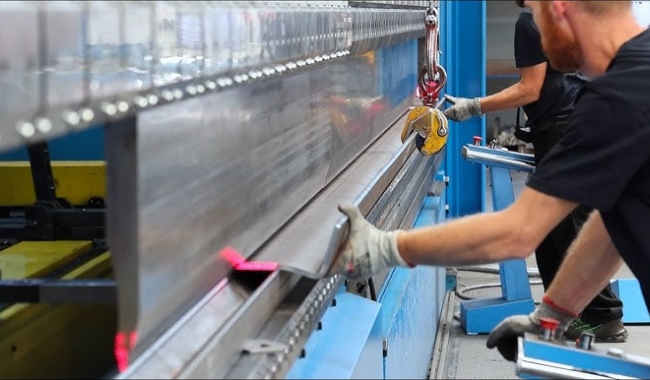
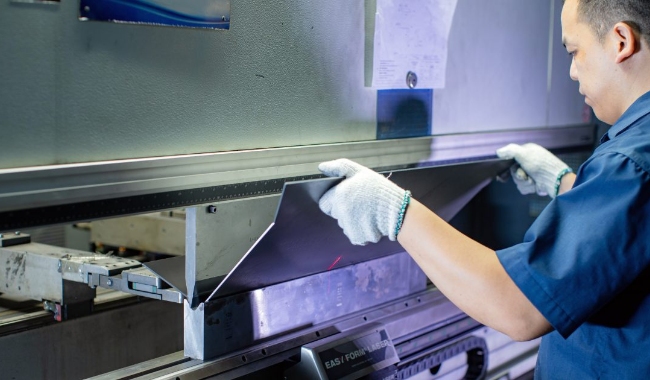
Material Conservation: Shear cutting produces minimal material waste, as it doesn’t remove material through melting or vaporization. This efficiency in material usage is particularly valuable when working with expensive alloys like stainless steel or titanium.
No Heat-Affected Zone: Unlike thermal cutting methods, shear cutting doesn’t generate heat during the process, eliminating the risk of heat-affected zones that could alter the material’s properties. This is especially important for applications requiring precise material characteristics.
Simple Operation: The process is relatively straightforward to set up and operate, requiring less specialized training compared to more complex cutting technologies.
Environmentally Friendly: With no fumes, dust, or harmful emissions generated during the cutting process, shear cutting is a cleaner alternative that requires minimal ventilation systems.
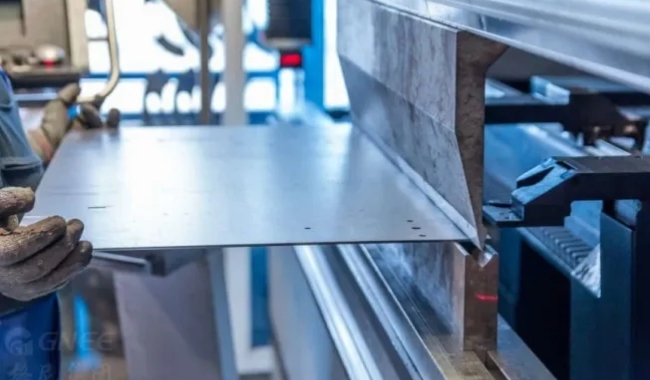
Shear cutting is a metal fabrication process that uses two blades to cut metal sheets. One blade remains stationary while the other moves, applying pressure to separate the metal material through shear force. This method is primarily used for straight-line cutting and is commonly applied to materials like stainless steel, carbon steel, and other alloys.
Shear cutting works well with various metal materials, including stainless steel, carbon steel, aluminum, copper, and their alloys. However, the thickness and hardness of the material can affect cutting quality, with thinner materials generally being more suitable for this process.
- Cutting method: Shear cutting uses mechanical force, while laser cutting uses high-energy laser beams.
- Application scope: Shear cutting is mainly for straight cuts, whereas laser cutting can create complex shapes and intricate patterns.
- Edge quality: Laser cutting produces smoother edges, while shear cutting may leave slight burrs.
- Cost: Shear cutting has lower equipment and operational costs, making it ideal for high-volume production.
- Fast cutting speed and high production efficiency
- Lower equipment and operational costs
- Ideal for high-volume, standardized part manufacturing
- Primarily suitable for straight-line cutting; cannot achieve complex shapes
- Cut edges may require additional finishing to remove burrs
- Limited capability when processing thicker or harder materials
Shear cutting is widely used in automotive manufacturing, construction, appliance production, and metal fabrication industries. It’s particularly suitable for scenarios requiring rapid cutting of large quantities of metal sheets.




